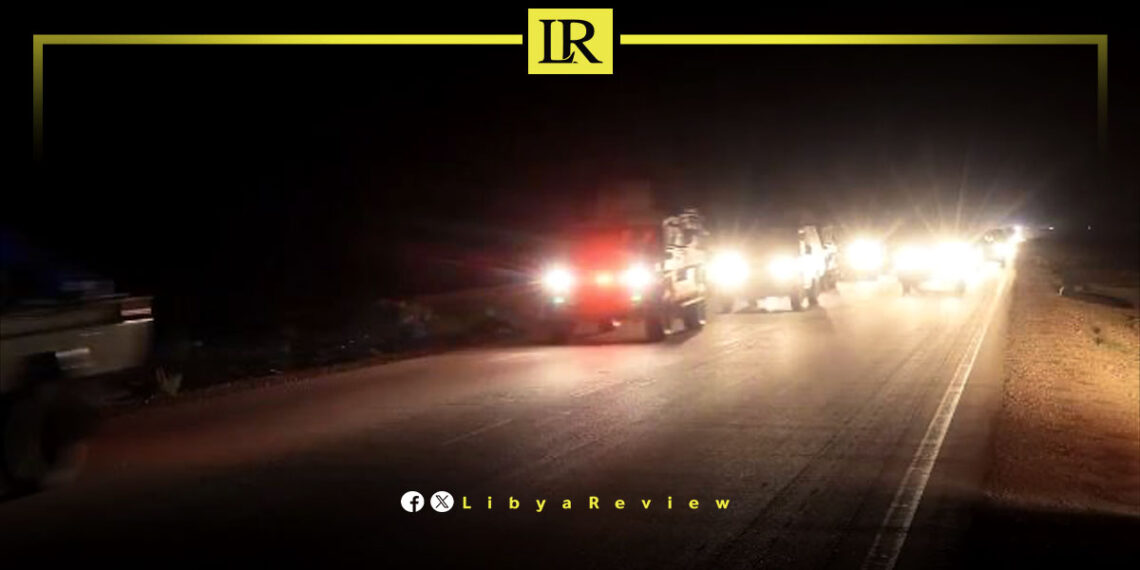Significant military reinforcements have arrived in Tripoli amid rising tensions and concerns over a possible armed clash in the Libyan capital. According to media reports, Major General Ali Kanna, the commander of the Southern Military Zone under Libya’s Presidential Council, has arrived in Tripoli with approximately 1,000 fighters from Tuareg forces mobilized from the southern city of Ubari.
These forces are believed to have been deployed as part of the preparations by Prime Minister Abdulhamid Dbaiba’s government for a potential military confrontation with the Special Deterrence Force, also known as the Radaa Force, led by Abdelraouf Kara.
According to local reports, Dbaiba’s government is facing a shortage of loyal fighters, as several armed factions, particularly those based in Zawiya, have refused to join the anticipated conflict or have maintained their support for the powerful Radaa Force.
The same sources report that Dbaiba’s government is urgently recruiting additional fighters from across Libya and may even consider bringing in foreign mercenaries to strengthen its position and attempt to quickly secure victory if hostilities break out.
The Radaa Force is widely recognized as one of the most powerful armed groups in Tripoli. It operates with significant autonomy, despite its formal affiliation with state security institutions. The force controls several key facilities in the capital and is closely associated with the Salafi-Madkhali ideology, making it a major political and military player in Libya’s fragmented security landscape.
The deployment of southern forces to Tripoli has triggered growing fears of an imminent armed confrontation that could plunge the city back into violent conflict. Analysts warn that a clash between Dbaiba’s government and the Radaa Force could destabilize Tripoli and exacerbate Libya’s broader political crisis.
No official comments have been made by either Dbaiba’s government or the Radaa Force regarding these military movements. However, the situation in Tripoli remains highly volatile, with observers closely monitoring the developments.


